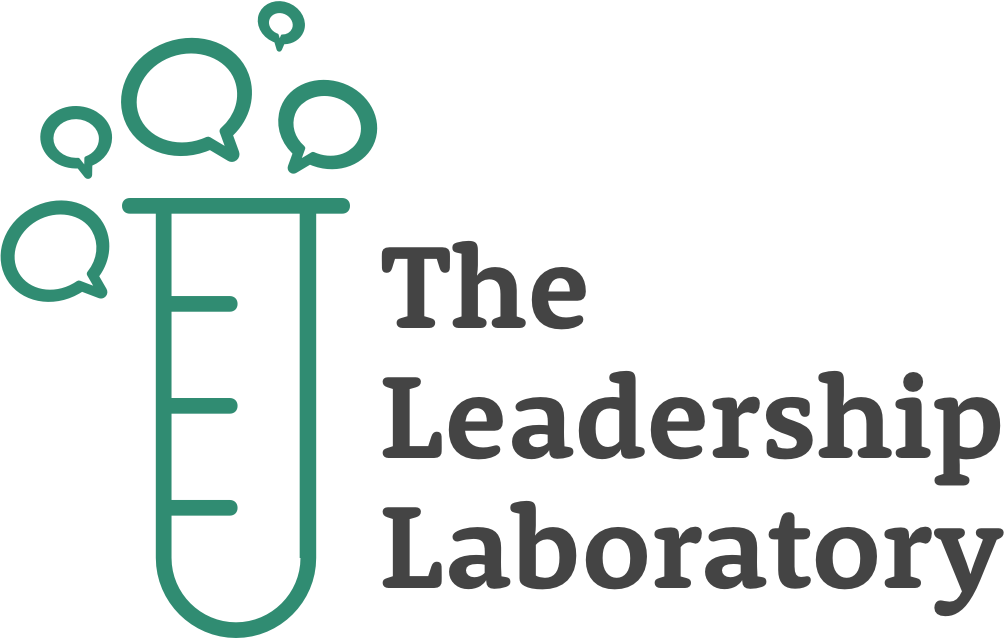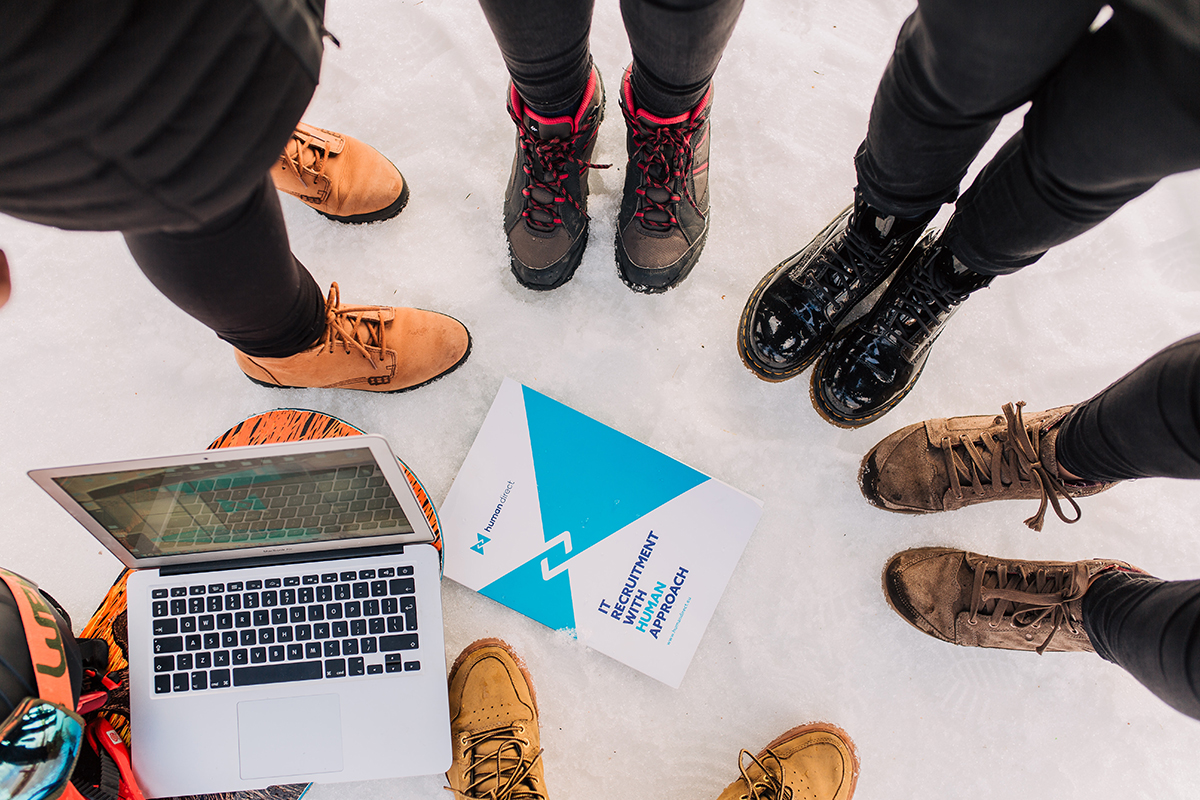Written by Jacob Goldstein — Executive Director
Interested in workshops on this topic for you and your team? Visit the Organizational Development + Design page for recommended interactive learning experiences from The Leadership Laboratory for emerging and established leaders in your organization.
Quick Quiz! Take a look at the three learning styles below: Auditory Learning, Kinesthetic Learning, and Visual Learning. Which resonates the most with you?

For many of us, we have some level of familiarity with the Three Styles of Learning. PhD and Researcher Dawna Markova is famous for her studies on the impact of varied learning styles on child development. According to her research, these three styles summarize the ways in which we best process, comprehend, analyze and respond to data and information.
In her book Collaborative Intelligence, co-authored by her daughter-in-law Angie McArthur, she takes her research a step further. In addition to having a preferred learning style, we also have a second choice, and a third choice. These choices are highly significant, and play a major role in what’s referred to as our Three Levels of Attention.
Our first level of attention is called FOCUSED ATTENTION. Markova’s research suggests that we use our first choice learning style for when we want to most focus on learning. The second level of attention is called SORTING ATTENTION. We leverage this preference for sense-making; it’s how we can clarify what we don’t already understand or want to investigate further. Lastly, the third level of attention is called OPEN ATTENTION. This is our most open state; we use this type of attention when we want to be inspired and open to new ideas, brainstorming, or alternative possibilities.

On a personal note, discovering Markova’s research was a big “A-Ha!” moment for me. I have always had a personal affinity for Auditory Learning. I’m able to comprehend and focus on an audiobook way more than a printed edition. When putting together equipment or troubleshooting technology, I would much prefer to be told instructions (either live or via video) than to go through an instruction manual. My second preference is Visual Learning. If something is confusing to me, I’m quick to leverage visual exercises for Sorting Attention. When making sense of a complicated challenge, I’ll be the first to draw it out on scratch paper or a white board, or grab tons of sticky notes to visually lay out what I’m working through. As for Open Attention, this happens when I leverage Kinesthetic Learning. For me, the act of simply moving allows me to enter that unconscious state where my mind wanders and ideas click – my best thoughts come when I’m simply walking to the gym, or undistracted and swimming in the pool. Understanding Markova’s research has allowed me to best design the way I work to tap into each Learning Style when the time is right.
In a world making strides for even stronger levels of Diversity & Inclusion, how can we be more inclusive of different learning styles as well? Far too often, meetings and workshops rely heavily on AUDITORY learning, which works as a first choice for many, though not all. At The Leadership Laboratory, we make a conscious effort to incorporate all three learning styles, not just to meet the preferences of all of our participants, but also to hit on all three levels of attention for each participant to ensure the content can result in long-term, positive behavior change.
As a leader, there are several ways that you can incorporate all three learning styles into your daily work interactions. A few suggestions include:
Auditory:
-
Share a story to demonstrate a complicated concept
-
Discuss a lengthy email in person or over the phone instead of simply sending it virtually
-
Encourage breakout discussions for participants to be able to chat, connect, and co-create processes and plans
Visual:
-
Use images like graphs, written instructions, charts, or diagrams to walk through plans, proposals, or new ideas
-
Provide detailed written information, distributed either in person or via email
-
Use post-its to help visually map out discussions
-
Encourage doodling to increase focused attention, or as a method for note taking for reference later on
Kinesthetic:
-
Encourage your group to move: have walking meetings, spend time physically getting up to break out into smaller groups, etc.
-
Bring items to keep hands active, like fidget spinners or rubber bands
-
Provide an opportunity to dive in with a hands-on approach to physically play or interact with what’s at stake, or take a “field trip” to see the subject of the discussion in action
ACTION ITEM: What will you do to ensure that you include AUDITORY, VISUAL and KINESTHETIC methodologies at your next meeting?
The Leadership Laboratory is a nation-wide, Chicago-based learning and leadership development company. We build and facilitate custom team and leadership development workshops aimed at transforming the way we lead our work and people. Through interactive workshops, participants will experience customized professional development for emerging and new leaders, established and senior leaders, and teams of all sizes. Feel free to browse our website, www.leadershipdevelopmentlab.com, to learn more about our team building workshop and leadership development programs.

